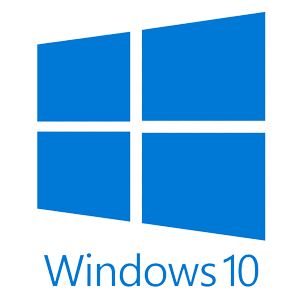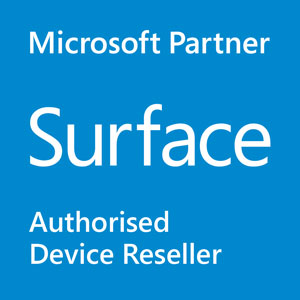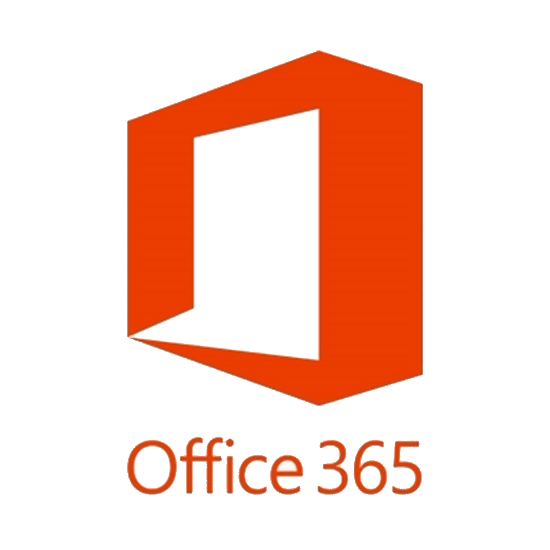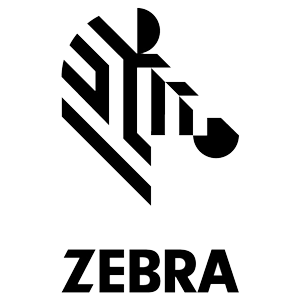A fascinating research article from the University of Norway in 2017 asked this question; “Are different parts of the brain active when we type on a keyboard as opposed to when we draw visual images on a tablet?”
The study was conducted by husband and wife Professors Audrey Van der Meer and Ruud van der Weel. Very accomplished professors of psychology and neuroscience with access to a funky hairnet!
Their study was called; “Only Three Fingers Write, but the Whole Brain Works: A High-Density EEG Study Showing Advantages of Drawing Over Typing for Learning“
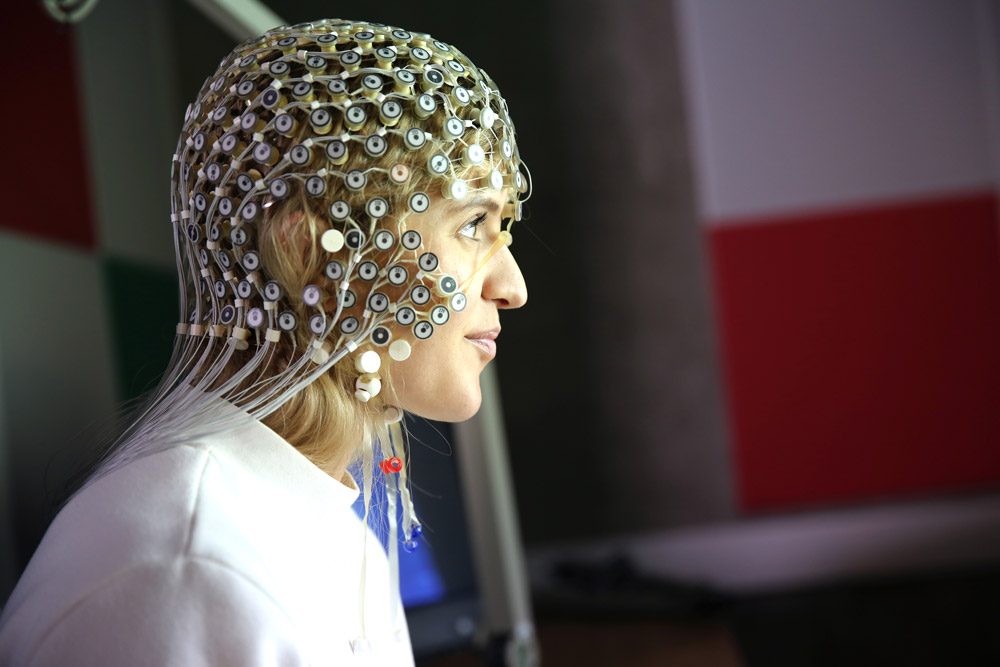
Drawing, Typing, and your Brain
With this study Van der Meer and Van der Weel wanted to watch the effect of writing on a computer screen versus typing on a computer keyboard. Mueler and Oppenheimer’s study (that we discussed previously), suggested that different cognitive process were in play when people took notes with the pen versus the keyboard. And they surmised that this cognitive process was really oriented around whether people took verbatim or abstract notes. So this study was based around the idea that typers engaged in shallow processing, and handwriters engaged in more extensive processing.
They describe in the paper:
“Based on the cognitive processing dichotomy of shallow versus deep encoding, we designed an experiment to investigate electrophysiological differences in brain activity that could explain the differences underlying traditional (keyboard) and more modern (stylus technology) writing.”
Only Three Fingers Write, but the Whole Brain Works: A High-Density EEG Study Showing Advantages of Drawing Over Typing for Learning
Testing the Theory
So professors Van der Meer and Van der Weel placed an Electroencephalograph, or EEG device, with 256 sensors on the heads of 20 subjects who were asked to perform tasks, both with a keyboard, and a pen. Microsoft Europe loaned some Surface Pro 4 devices to use in this experiment.
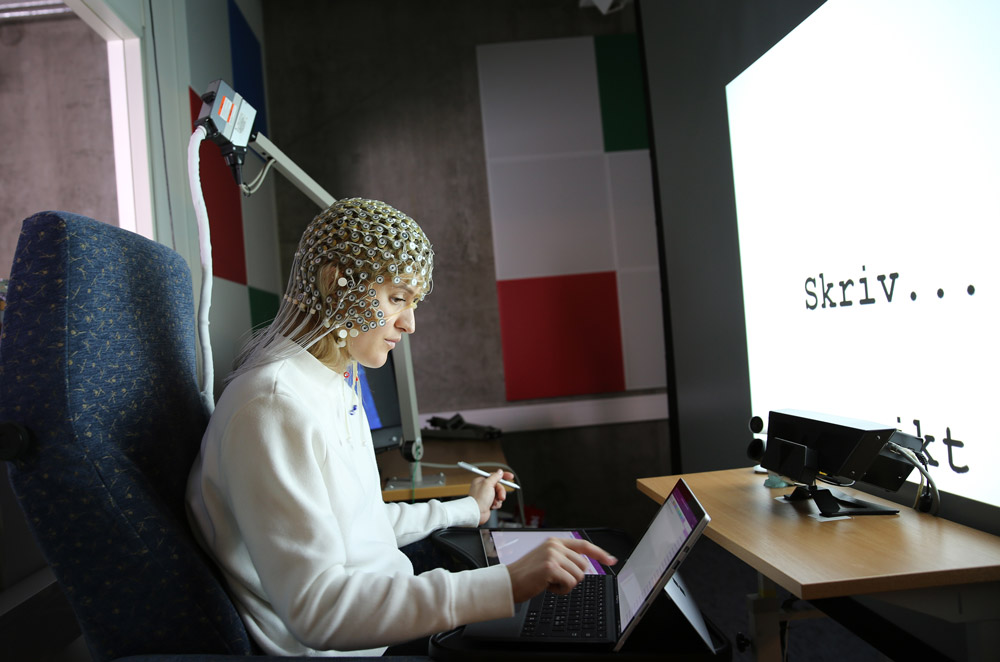
Participants were given three different tasks. Typing visual words on a keyboard, describing visual words on a keyboard, and drawing visual words with a Surface pen. This study in itself did not compare handwriting words to drawing a picture of the word. It was assumed that drawing the word and handwriting the word involved similar cognitive processes.
Van der Meer described the results;
“The use of pen and paper gives the brain more ‘hooks’ to hang your memories on. Writing by hand creates much more activity in the sensorimotor parts of the brain. A lot of senses are activated by pressing the pen on paper, seeing the letters you write and hearing the sound you make while writing. These sense experiences create contact between different parts of the brain and open the brain up for learning. We both learn better and remember better,”
Van der Meer
Pen Vs Keyboard

A subsequent study released in 2020 by the same authors further investigates the link between handwriting and drawing pictures. They found that, while there are small differences, they are much more similar to each other than to typing. From this study, Van der Meer and Van der Weel conclude:
“…It seems that keyboards and pens bring into play different underlying neurological processes. This may not be surprising since handwriting/drawing is a complex task that requires the integration of various skills. Children, for example, take several years to master this precise skill. They have to learn how to hold the pen firmly while producing a different print for each letter. Operating a keyboard is something completely different since all one has to do is press the right key, and the typing movement is the same whatever the letter. Unlike typing, handwriting is the result of a unique sensory-motor movement of the body.”
Van der Meer
In their studies, they saw much broader, more integrated activity across the brain when handwriting and drawing, compared to typing. I believe that it’s this combination of motor skills and senses that explains why you remember things when you write them down.
Here’s what Van der Meer had to say about what to use and when:
“Writing by hand requires control of your fine motor skills and senses. It’s important to put the brain in a learning state as often as possible. I would use a keyboard to write an essay, but I’d take notes by hand during a lecture.”
Van der Meer
Take Control of your Visual Brain

Our brains are highly geared up for visual stimulus. You’ll know this by looking at the most used apps on your phone. They are likely to include one or many of these five apps: YouTube, TickTok, Instagram, Facebook, and Snapchat. These are the most used apps in the world for good reason. They’re all designed to tap in to your bias for visual stimuli. Exactly like how slot machines in casinos are designed to keep you playing. These apps operate on the very valid premise that visual interest buys your time.
From these studies it stands to reason, that a device like the Surface Pen can help you to take back control of your visual brain. So if you want to learn how to harness the power of your visual and spatial brain to improve focus, memory and processing then you’re in the right place! Bookmark our blog, and subscribe to our Youtube channel to learn more about pen computing.
